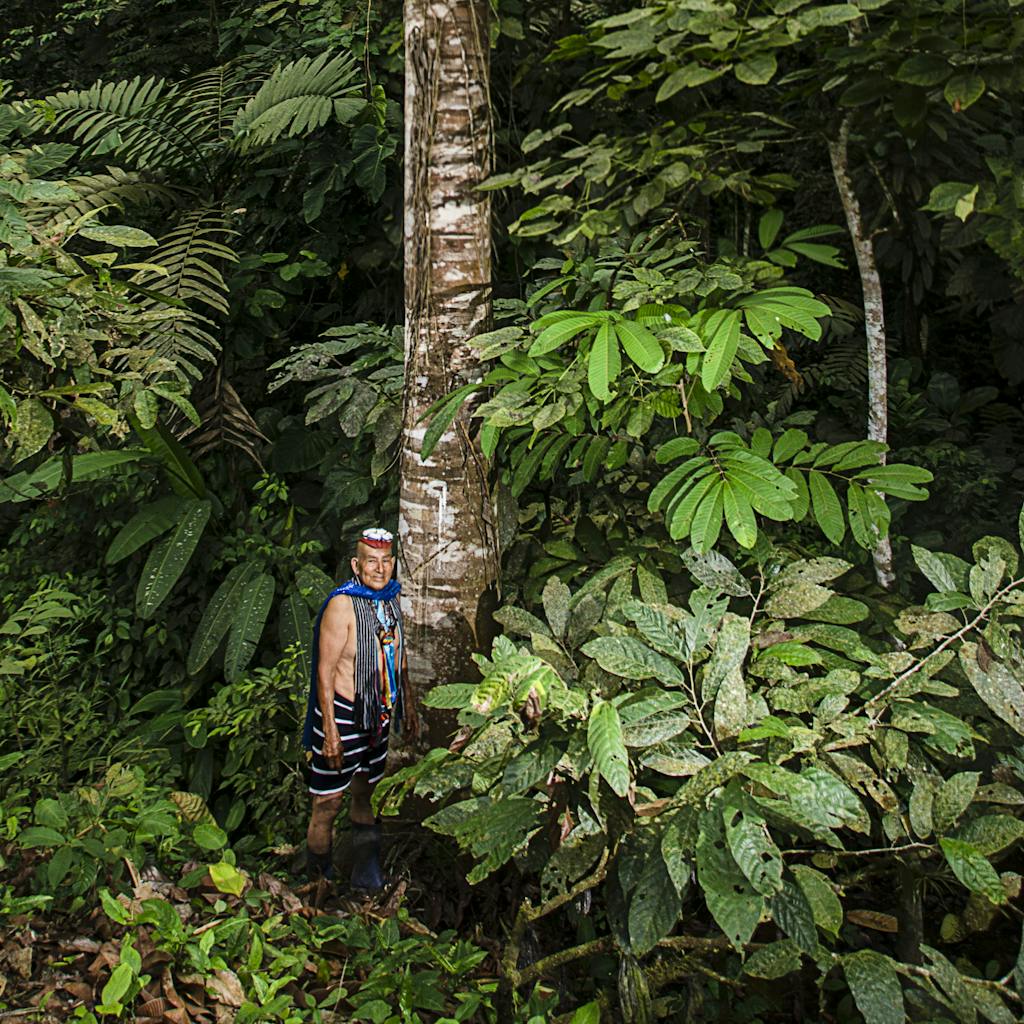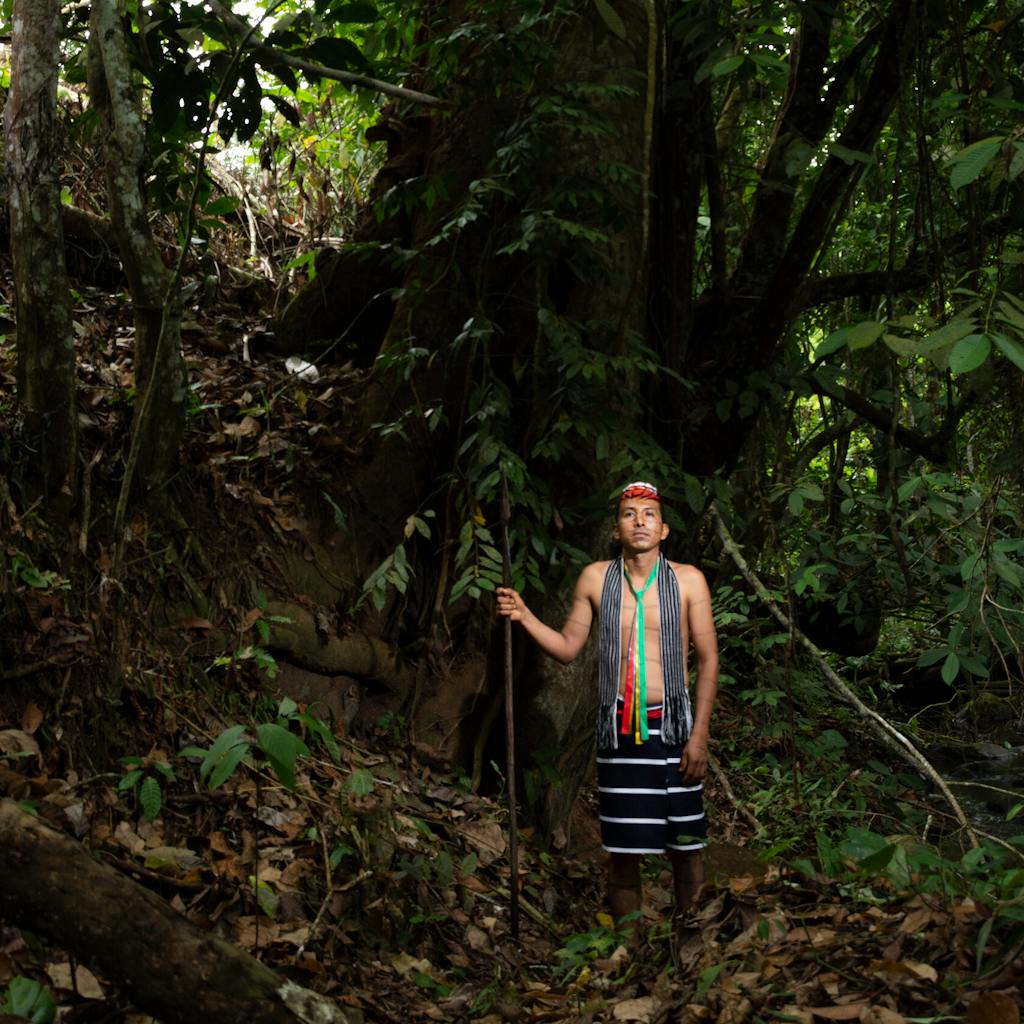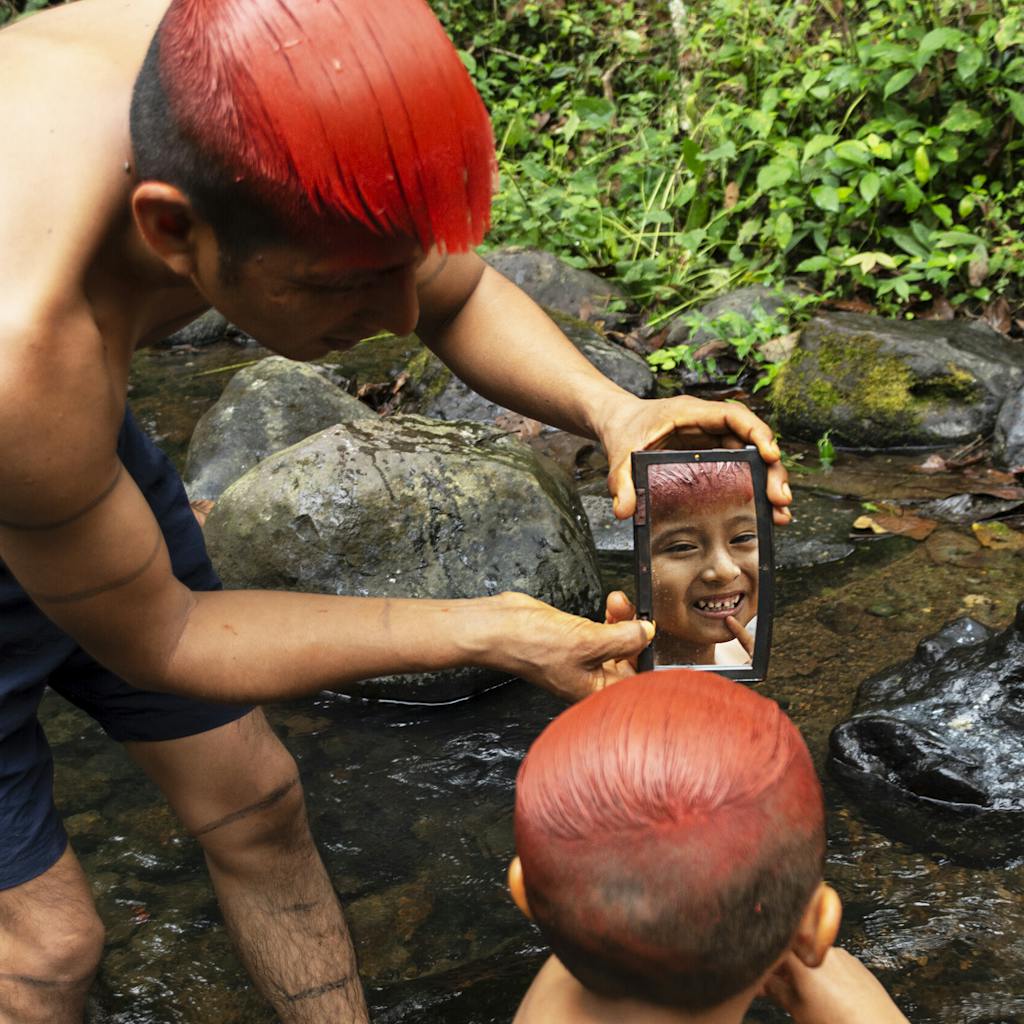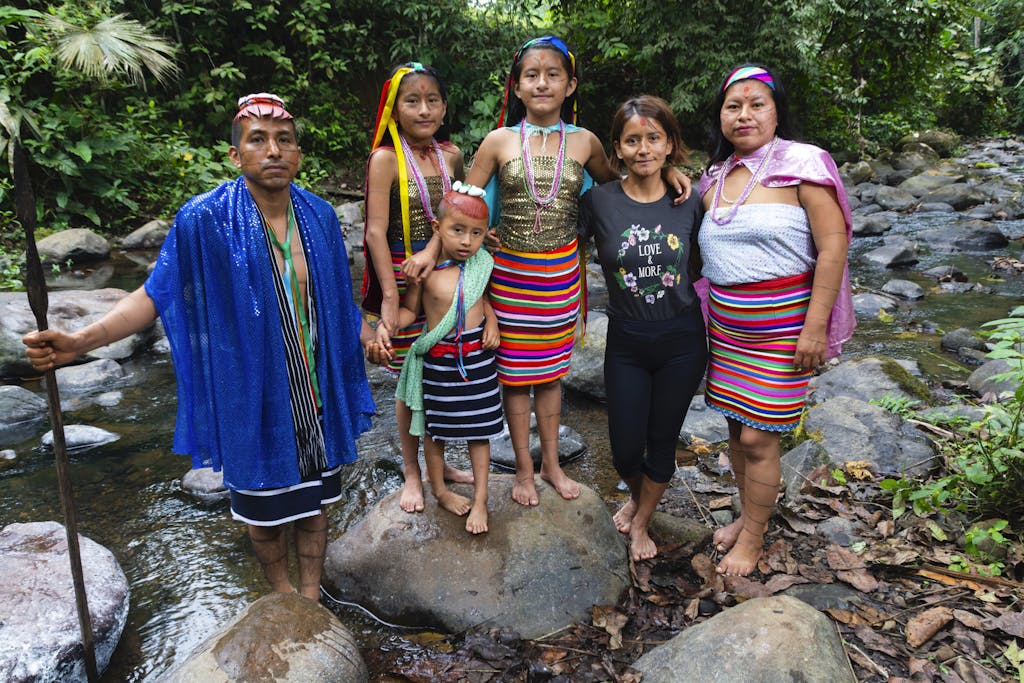We can’t live without nature’s help, and nature can’t live without our help. We must protect our planet’s biodiversity to safeguard the future of our ecosystems, our climate, our health, and our humanity. In this special series, the UN Foundation commissioned five Indigenous photographers to show how their communities and families are at the heart of the struggle to save the world’s wild places, under threat like never before. Words and pictures by Jessica Matute Quintero, edited for length and flow.
The pictures you will see tell glorious stories, portraying the history of the Tsa’chila and their right to respect, to their national resources, and to the integrity and conservation of their natural habitat.
The Tsa’chila are part of the Cara and Caranqui peoples, who arrived from Central America around the year 980. To be an Indigenous Tsa’chila is to preserve our history, identity, culture, customs, clothing and — most importantly — our view of the cosmos, which is handed down from one generation to the next and which is linked to both earthly and heavenly spirits.
According to Yolanda Jende and Javier Jende, two members of the Tsa’chila Nation, “to be a Tsa’chila is to be a guardian of the land, rivers, trees, medicinal plants, environment, and wild animals.”
The Tsa’chila people see the forest, earth, and sky as a web within which everything is connected.
The range of biodiversity in Tsa’chila territory is very broad. As the Tsa’chila see it, ayan (mother earth), rivers, animals, plants, all-powerful spirits, waterfalls, rainbows, and rain — every aspect of nature — all these aspects have a meaning related to life. And it all involves living fully with biodiversity.
The ancient trees found in this forest give me strength, energy, and happiness, and they help me breathe. I behold the grandeur and advanced age they have attained through their wisdom. This is what I admire the most in them, since these trees not only give life to other species but also contribute to the balance of all living things and help us to live in harmony with all that connects us.
The Tsa’chila believe that the forest is the essence of life,” say Yolanda Jende and Javier Jende, “the source of harmony with nature, trees, animals, rivers and mountains, all living together respectfully in balance with nature and human beings.”

Old-growth forests are more than fields of energy, wisdom, and healing; they are the very lungs of our community. They stabilize the climate with vast rainforests and marshes that influence the rainy and cloudy weather conditions. In these marshy areas and rainforests, forest preservation and reforestation help conserve nutrients for the trees, plants, and other living creatures. In the eyes of our Tsa’chila Nation, these forests represent water and earth.
The forests and native plants benefit the environment by stabilizing the climate, conserving and regenerating the soil, creating scientific value, and stabilizing the water cycle. Most trees and plants are also medicinal and can also be used for energy.

Now we are locked in a constant struggle to defend our lands.
It is deeply regrettable. It is sad. Because of deforestation and river pollution, Tsa’chila lands are on the brink of being obliterated. Tsa’chila land is decreasing and, along with it, our population. The entire province of Santo Domingo de los Tsa’chila used to be Tsa’chila land; now it is reduced to seven communities and a population of 2,500.
If this continues, soon we will no longer have lungs to breathe with because it is only thanks to the forests and jungles that we are still surviving.
But our resistance to leaving our land makes us strong.
Those who have been on their feet fighting are the community members, the Tsa ‘chila men and women who have been leading the defense of our lands.
Environmental protection is closely linked to the defense of Indigenous peoples’ land and recognition of their entitlement to possess these lands and preserve the resources found there. To recover our forests is the duty and responsibility of all of us who live here together.

The next generation of Tsa’chila is interwoven between their resistance and their freedom to remain standing as heirs to these tropical forests like their ancestors before them.
We have an important responsibility to the environment and the living world that surrounds us.
The land does not belong to us; we belong to the land.
The next generation of Tsa’chila is interwoven between their resistance and their freedom to remain standing as heirs to these tropical forests like their ancestors before them.
We have an important responsibility to the environment and the living world that surrounds us.
The land does not belong to us; we belong to the land.

ABOUT THE PHOTOGRAPHER
Jessica Matute Quintero was born in Valle Hermoso, in the province of Santo Domingo de los Tsa ́chilas. She is an Indigenous Tsa’chila montubia (someone from the countryside of coastal Ecuador). She is an activist, a human rights defender, and a photographer of the Tsa’chila ancestral culture.
At age 20, she began working at the Regional Human Rights Advisory Foundation, known by its Spanish acronym, INREDH. Witnessing scenes of inequality, she sensed a need to take photographs of the expressions on people’s faces and learned how a photo of one person can impact and deeply touch others. She believes that Indigenous peoples and nations as well as Afro-Ecuadorians have a great history to share with the world.
View more of Jessica’s photography at @jessicm_ph on Instagram.
Media content supported by Indigenous led charity If Not Us Then Who?


